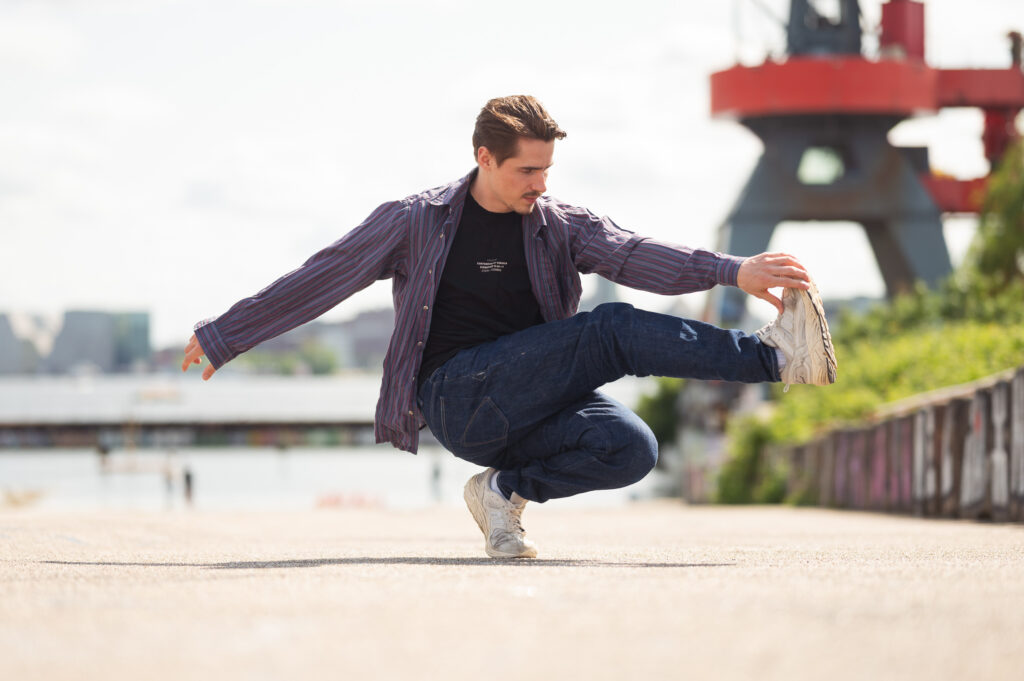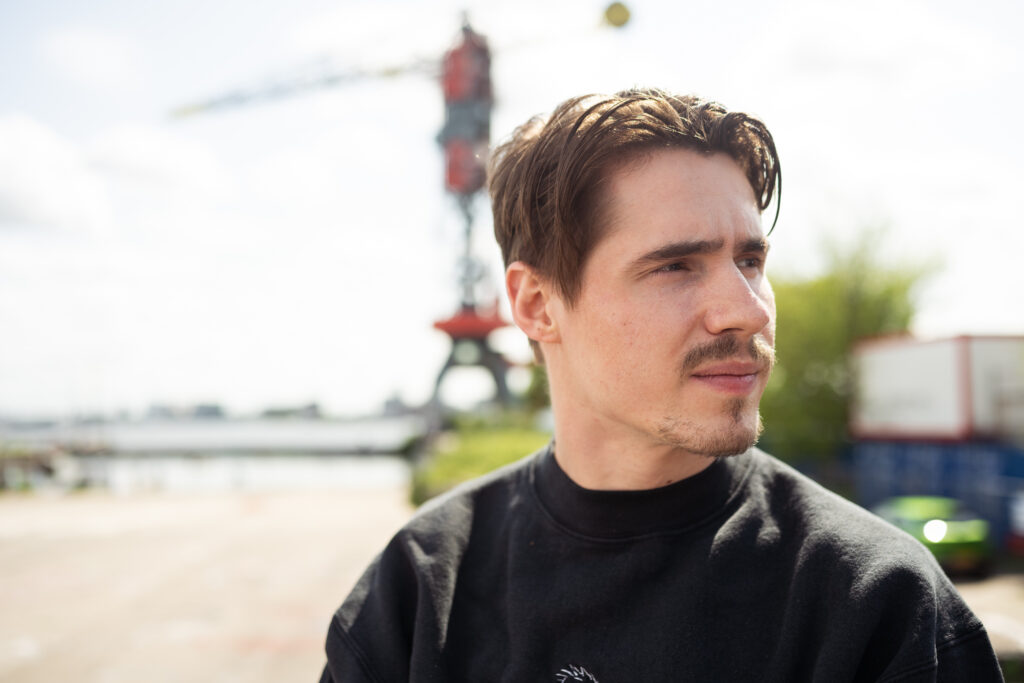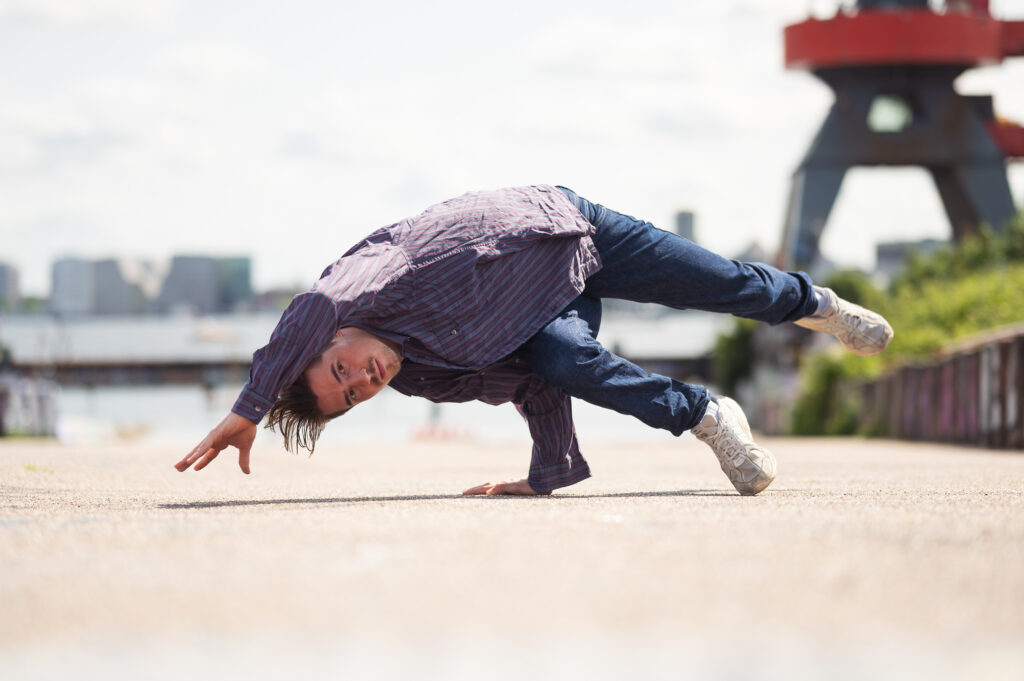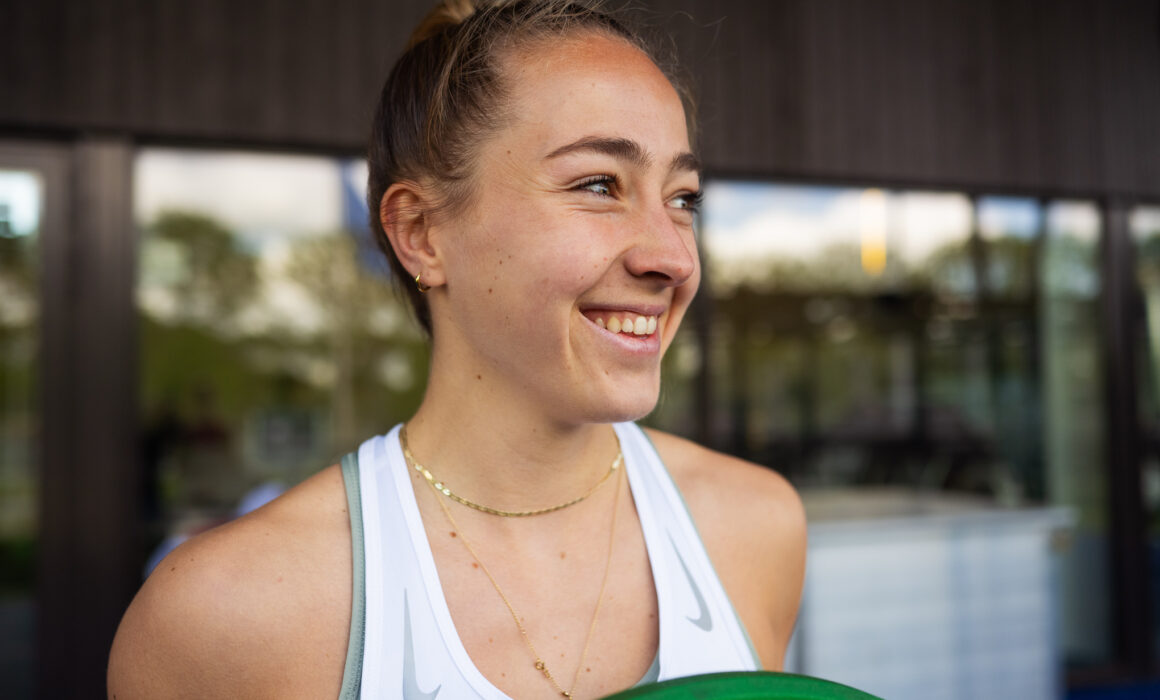Portraying the personalities of athletes
In this article, I will explore the power of connecting with athletes during photoshoots. This helps capture the personalities of athletes and leads to authentic and compelling photographs. This article should be an interesting read for photographers and sports enthousiasts alike.
When you think of sports photography, you typically envision athletes captured at the peak of action. While I do capture many of these photos, I also enjoy capturing more intimate moments that showcase the personalities of athletes. Photos like these resonate with viewers through their focus on genuine moments.
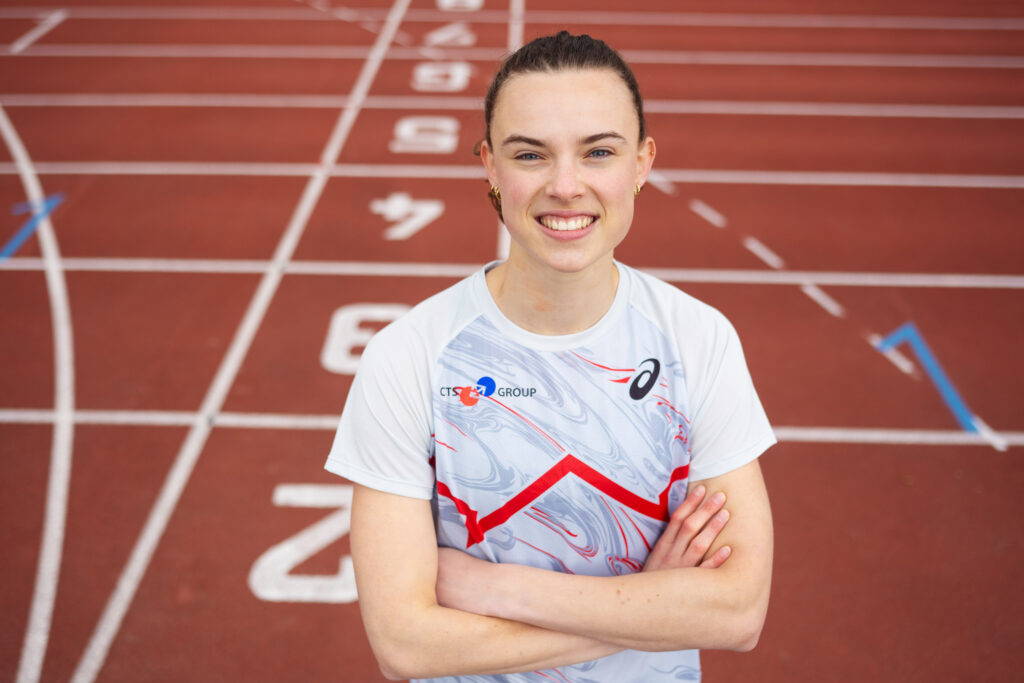
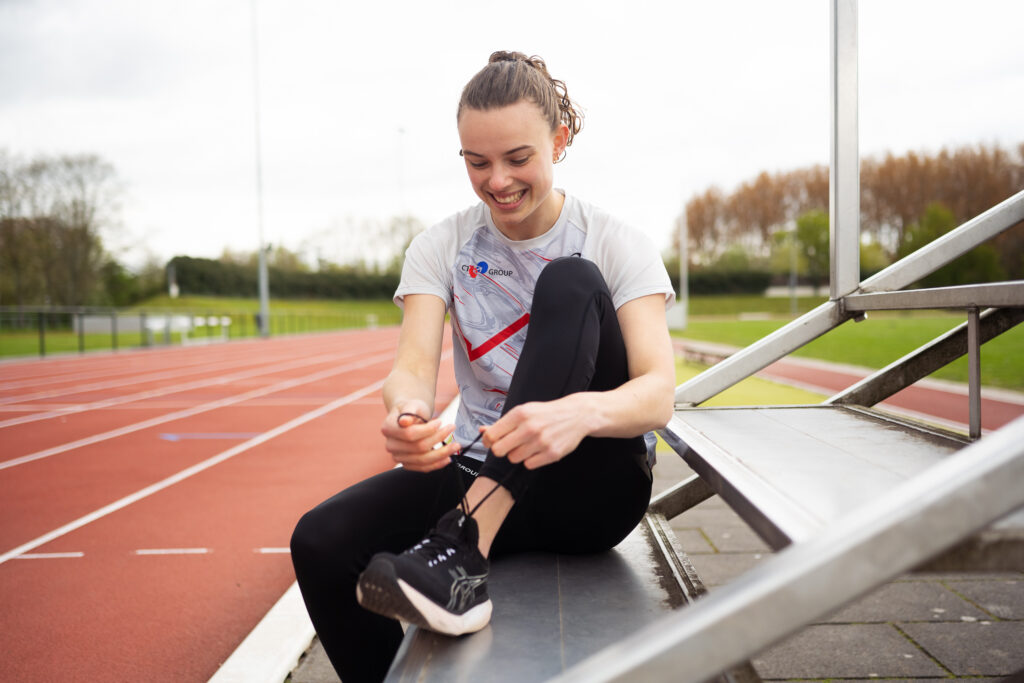
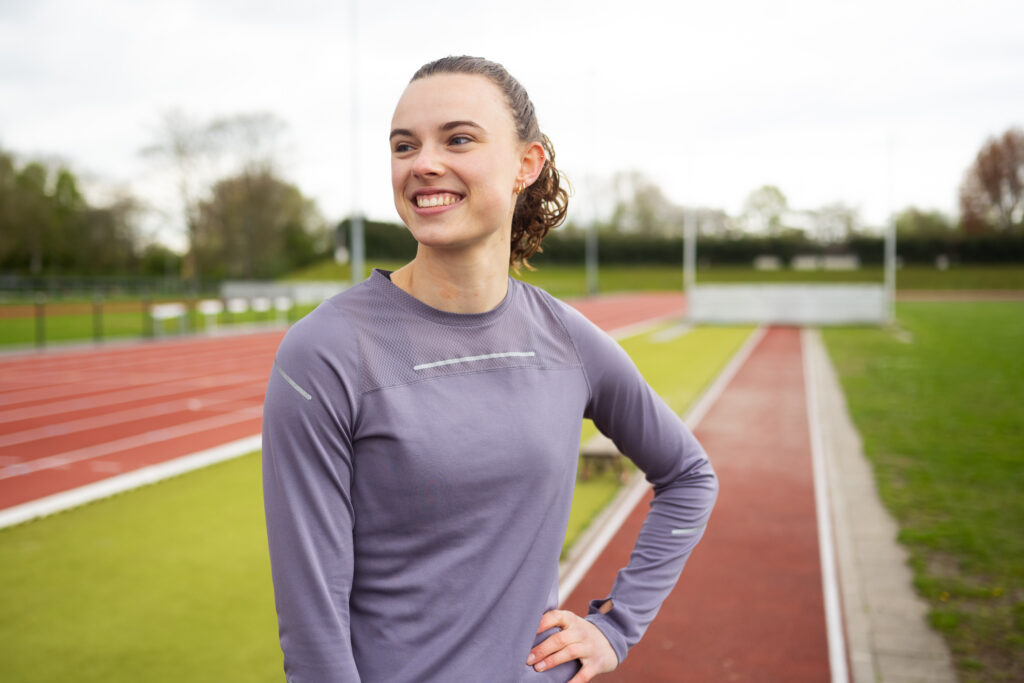
For me, the strength of such images lies in creating a human connection with the athlete. They allow viewers to see a different side than what they witness when they see the athlete in action. Photos can authentically represent the athlete, ultimately promoting them and attracting a larger following of fans and potential sponsorships.
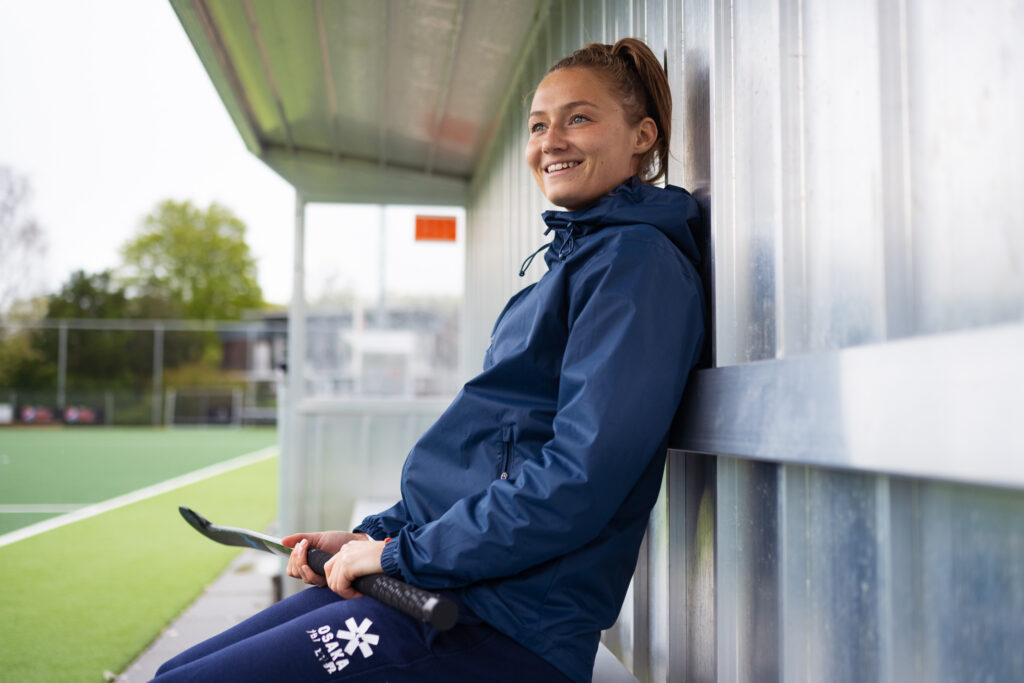
These photos were all shot for one of my favourite clients Team Talent Empowerment. Their core business is supporting young Dutch athletes in realising their ambitions, by linking them to corporate sponsors. We do full days of photoshoots with some of their athletes a few times a year. During these shoots we focus on showing the personalities of athletes, off the pitch.


Connecting with the athlete
An essential part of shooting these images is connecting with the athlete on a personal level. While I don’t normally read everything I can find about the athlete, it helps to at least know at what point in their career they are. I check if they’ve won any big events, if they’ve competed for their country, and if they’ve recently been in the news. These all offer excellent conversation starters. It also helps to judge if the athlete is likely to have some experience with photoshoots or if they’re pretty new to media.


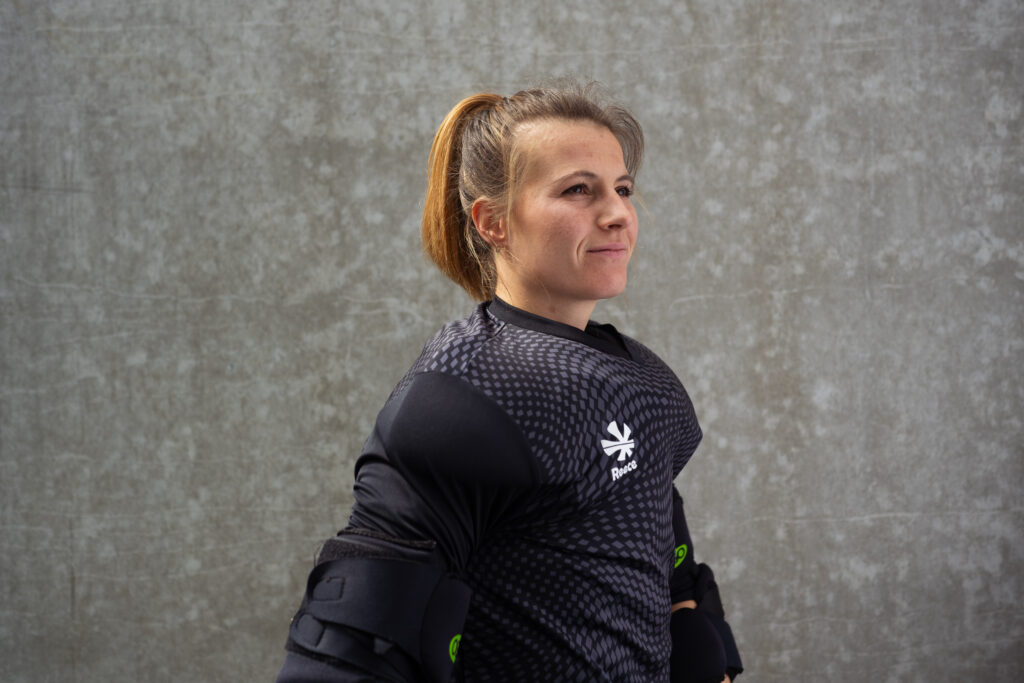
As for making the actual connection, there’s no single recipe other than having being genuinely interested in the athlete as a person. Especially if the athlete is a bit more accomplished, they’ll be used to people having a certain admiration for them. Probably every question you can think of, they’ve been asked before. So then it’s best to just have a good time together while shooting the photos.
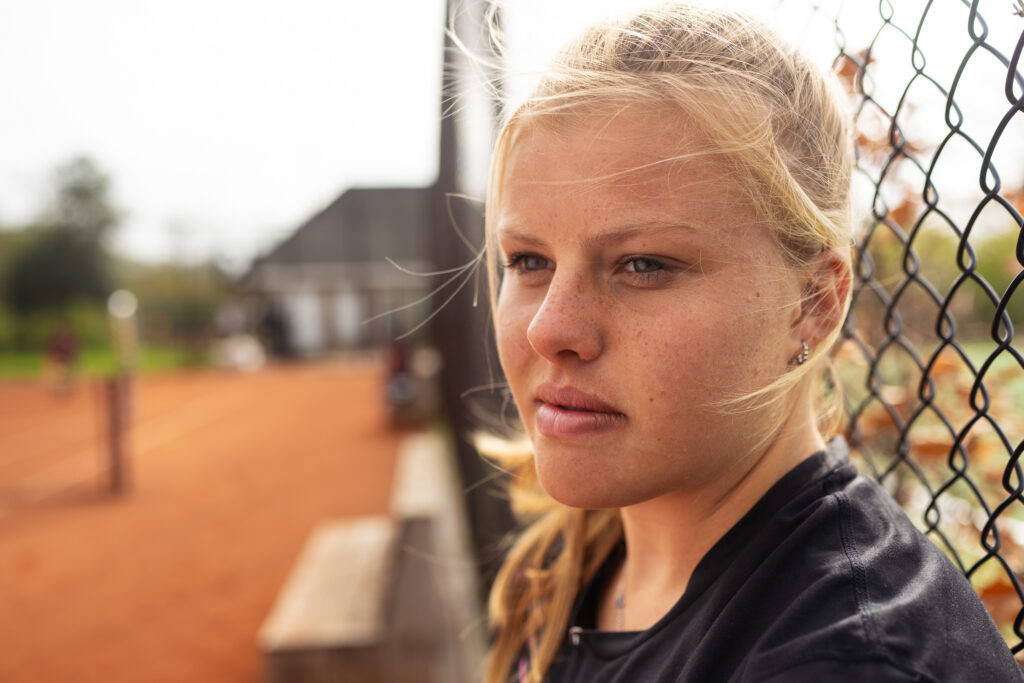
Planning a photoshoot with an athlete
My typical shoot with an athlete for these portraits is a pretty run & gun affair. However, I do consult with my client about the location, and brainstorm the content we’ll be shooting. I usually ask the athlete to bring a few outfit options. It’s nice to have options on location, and this helps shoot a diverse series of images that don’t just look like they were all shot in one session.
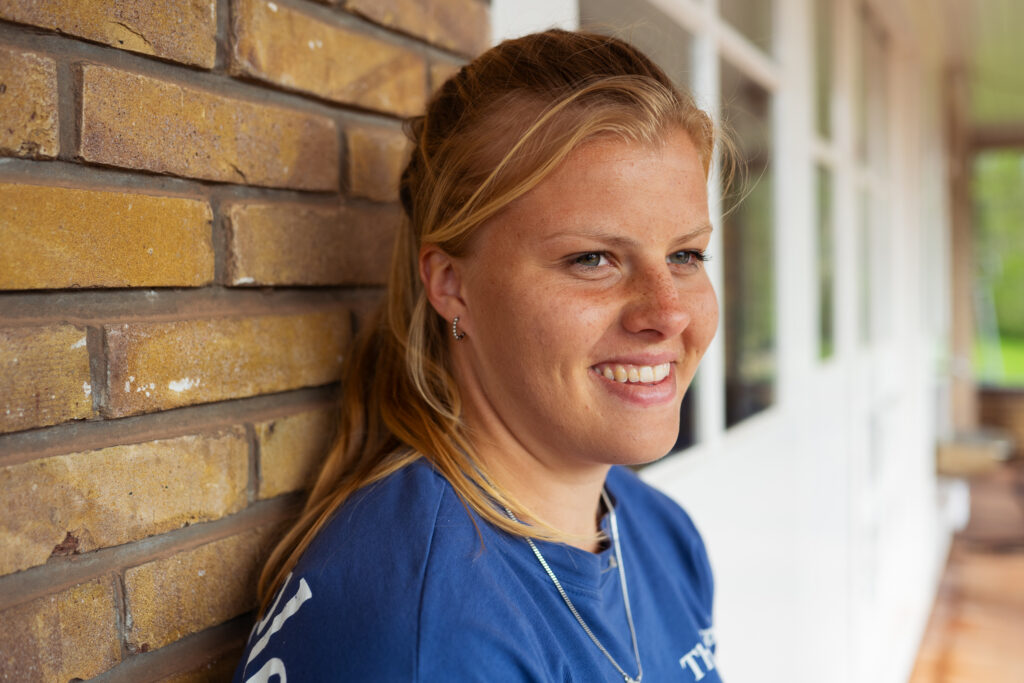
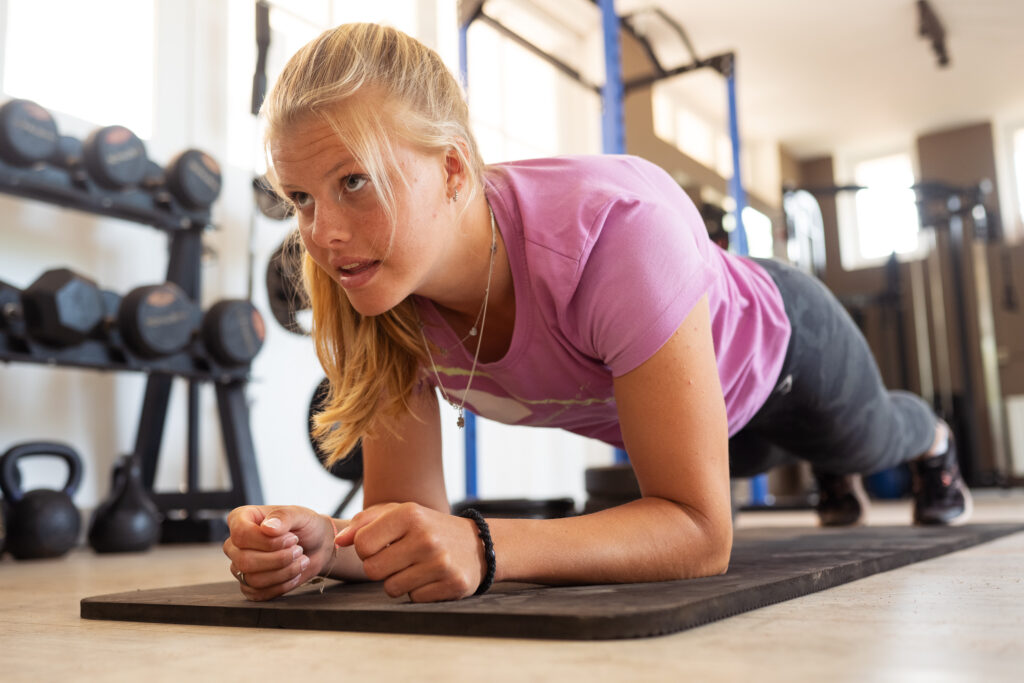
We usually try to shoot a range of styles, from casual clothing to gym to more training related images. While we don’t normally shoot actual action images, I think showing them as they’re preparing to train can really help showcase the personalities of athletes.

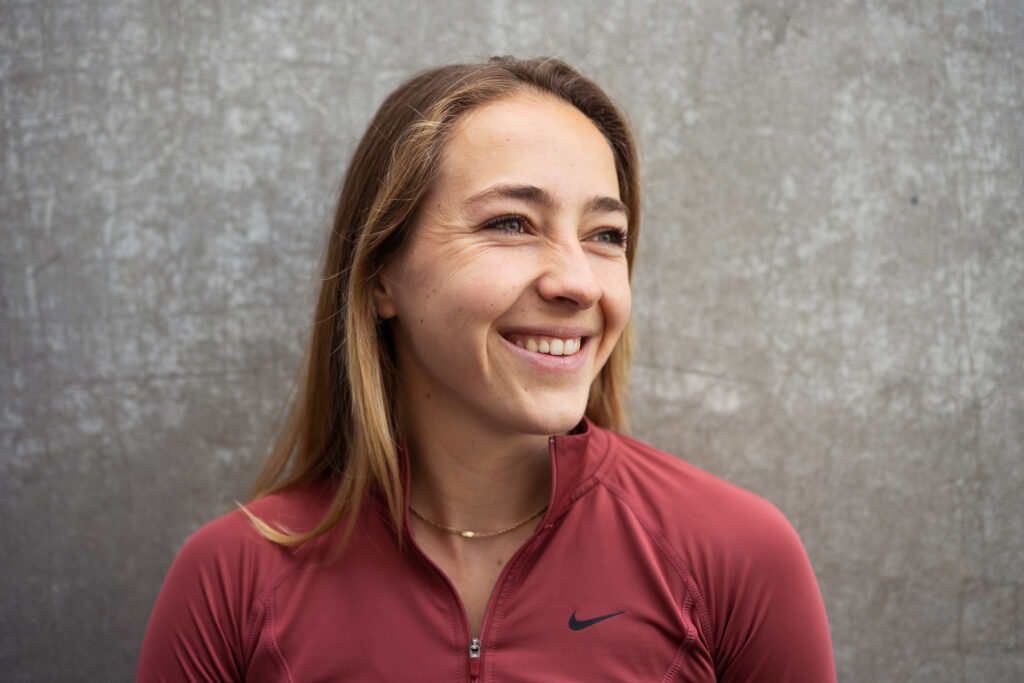
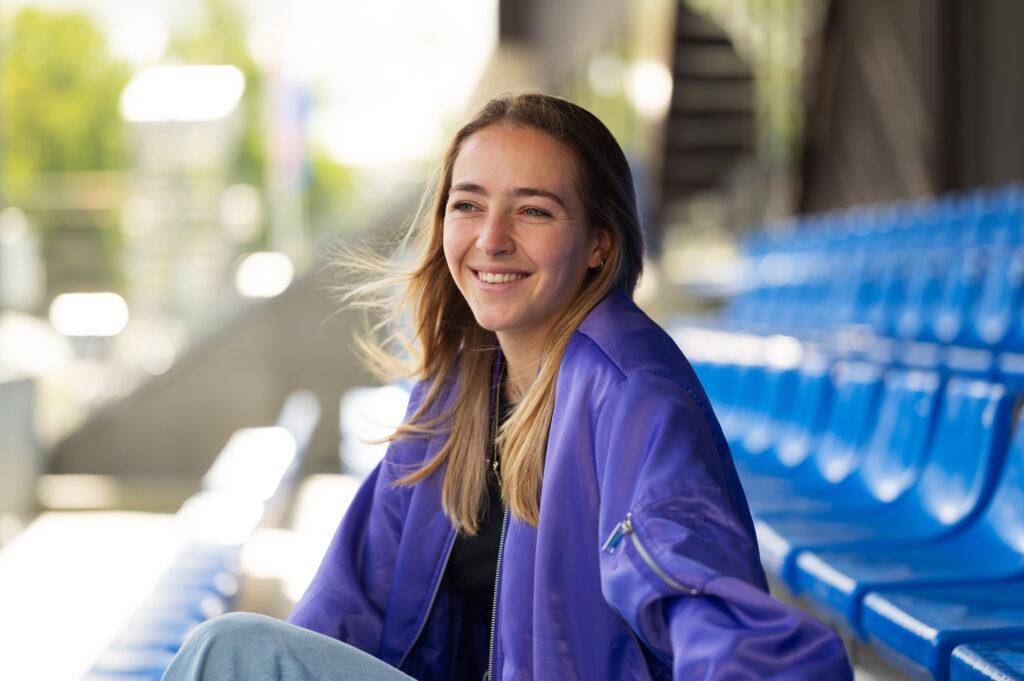
Location
Obviously, the best location is often where the athlete trains. These training grounds nearly always offer plenty of settings and backgrounds to shoot a variety of images. What’s more, it helps the images feel authentic. I’m personally not a big fan of bringing athletes into a visually appealing but completely unrelated and contrived environment. Nearly all training grounds offer a mix of indoor and outdoor locations, which is perfect for obtaining a wide range of styles, light and backgrounds.

Posing athletes
For me personally, it’s always paramount for any posing to feel authentic. Usually I just chat with the athlete while giving them a bit of direction, but never too much. It’s the little moments, a smile or maybe focused facial expression that helps viewers get to know the athlete. I always involve them though, making sure what we’re shooting is true to their personality. I pretty much demand the athlete tell me if what we’re doing feels weird.


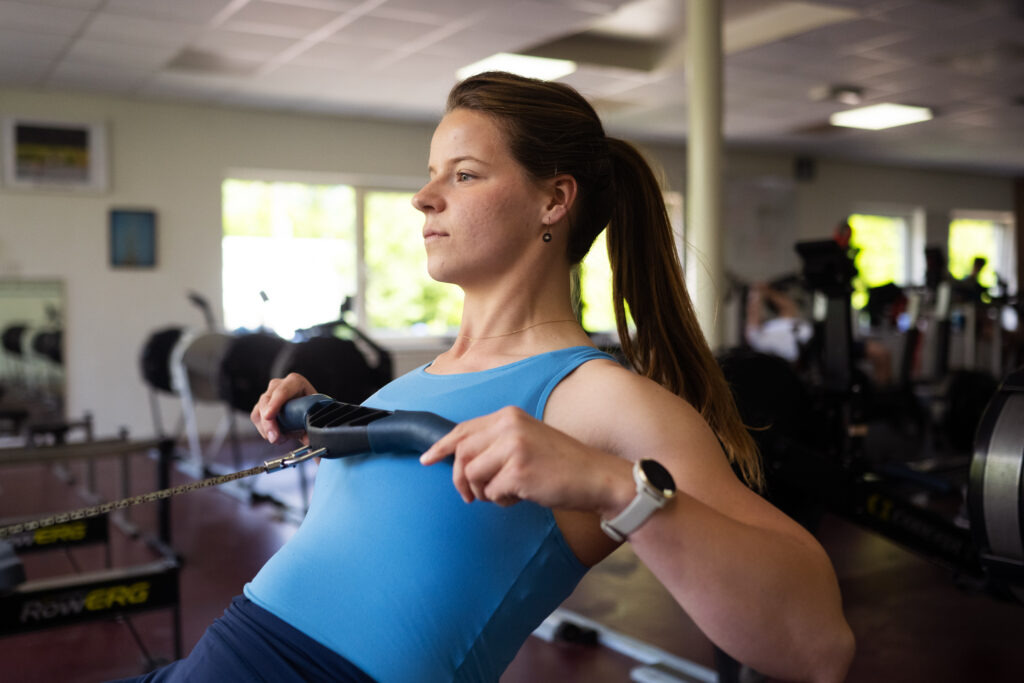
Usually athletes are actually pretty experienced at being photographed, so this makes my job a lot easier. If an athlete is maybe a bit younger or less experienced, I like to teach them some tricks for posing. We also take our time to warm up and once the athlete feels a bit more comfortable, we start cycling through outfits and locations a bit faster.
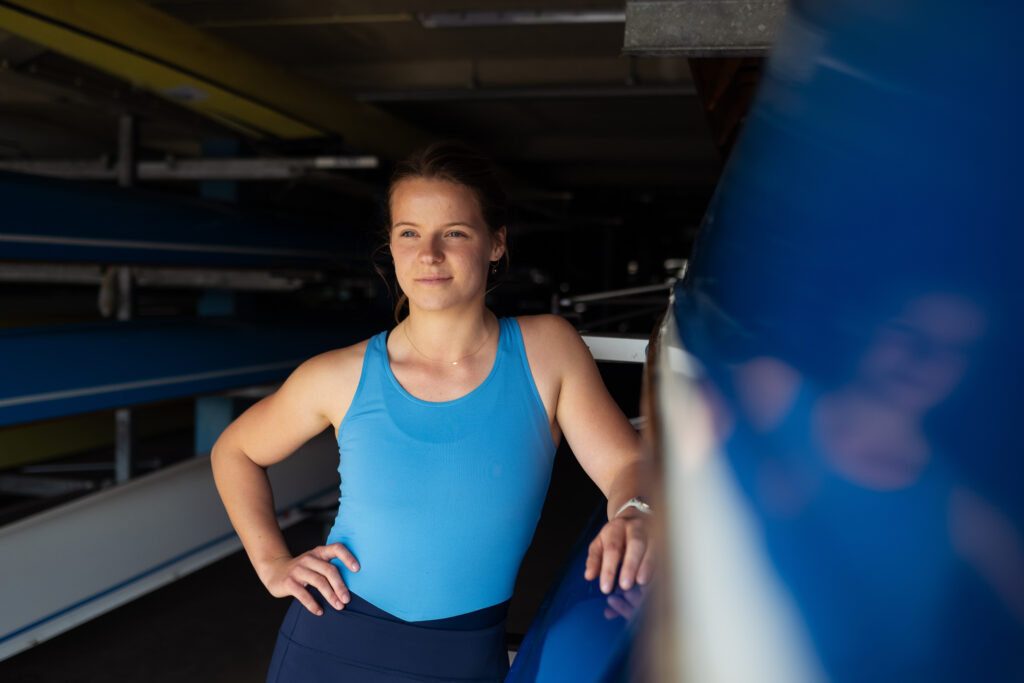
Lighting for portraits
For these shoots I nearly always work with available light. Oftentimes though, I bring in a reflector to make the light on the athlete’s face a bit more refined and remove any harsh shadows. Looking for great available light is one of the things I love about this shoot.

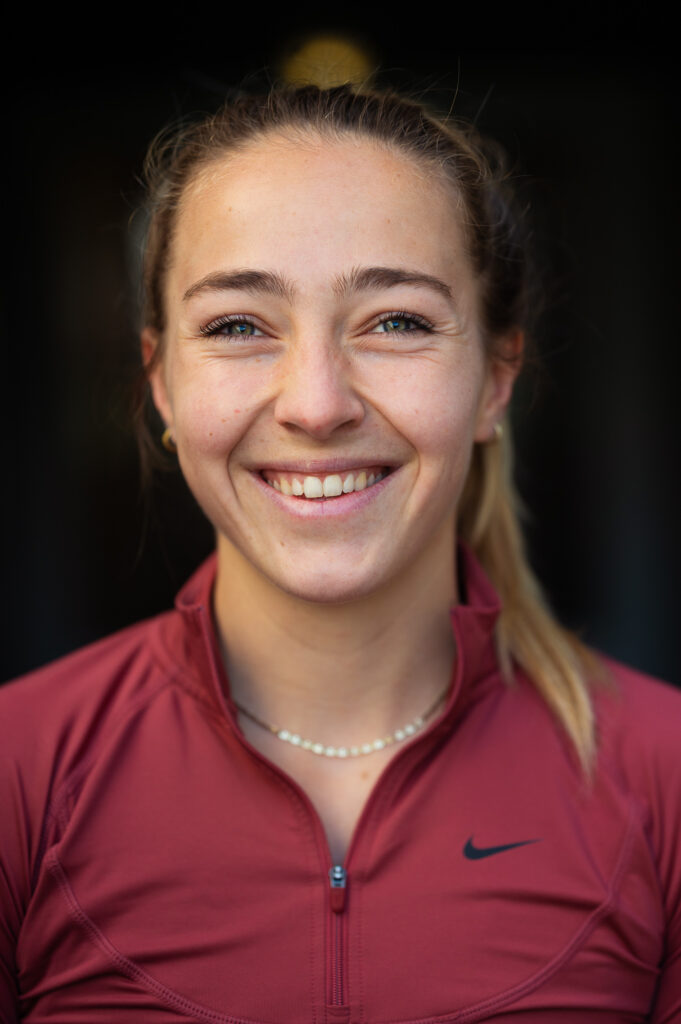

I’m always on the lookout for soft window light, dramatic light moving from indoor to outdoor and using the weather to my advantage. Cloudy days mean easy outdoor shots, but you have to pay attention to having the athlete look up a bit or their eye sockets will go a bit too dark. Sunny days are a bit more challenging, especially around noon. I usually solve this by looking for shade or bringing in a scrim over the athlete’s head to soften the light.
Here’s some more work I shot with athletes for Talent Empowerment: top Dutch hockey athletes
Gear: keeping it simple
As for gear I use to shoot these lifestyle portraits of athletes, I tend to keep it pretty simple. This helps me focus on interacting with the athlete and coming up with good angles.
I shoot with prime lenses, for instance 35mm and 85mm. Sometimes I bring in a 70-200mm telezoom if I decide to shoot a bit of action. That’s pretty much it. You really don’t need a lot, and all the gear in the world can’t beat having a genuine human interaction with your model, eliciting an authentic moment that shows their personality.
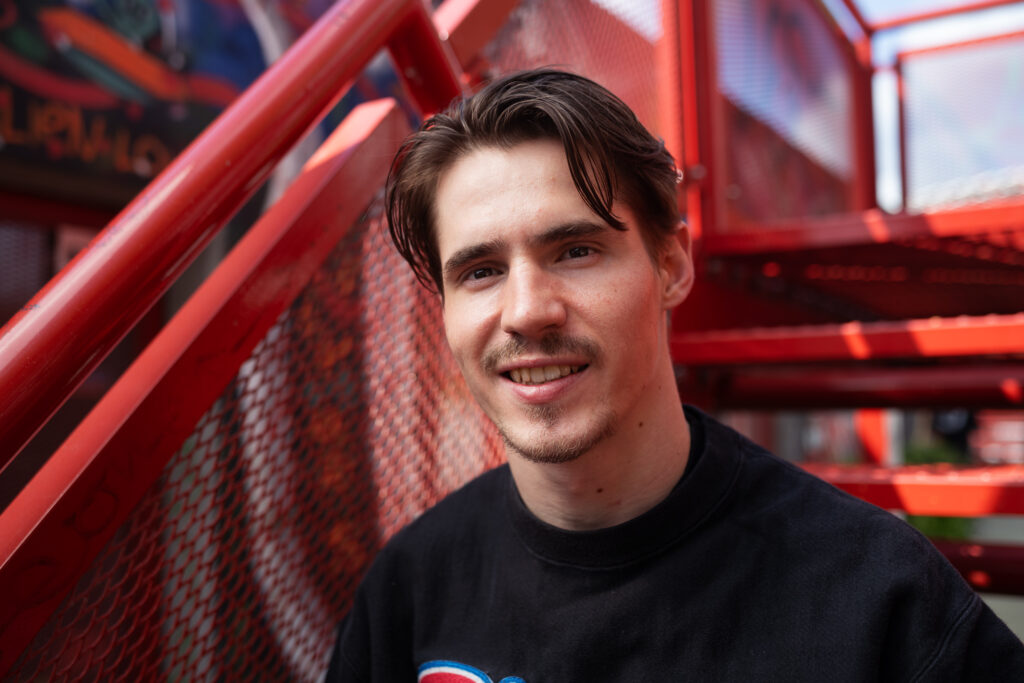
Conclusion
If there’s one thing I’d like to emphasise it’s to invest time in connecting with the athlete. All the other tips on location, light and gear help a lot, but making that human connection is essential for bringing out the personalities of athletes.
